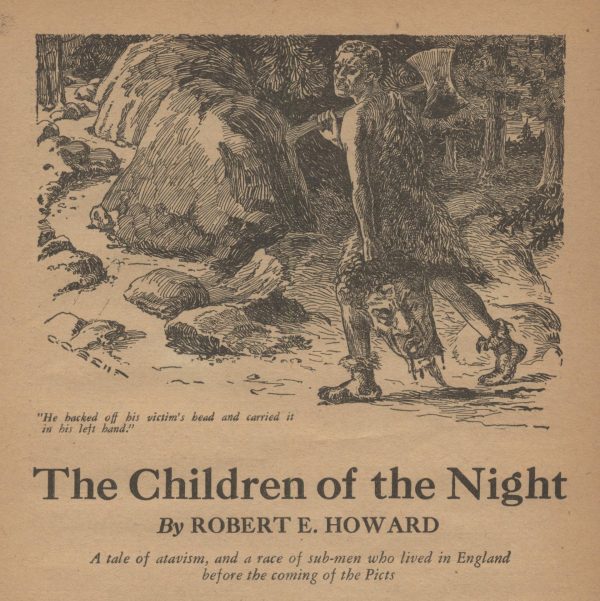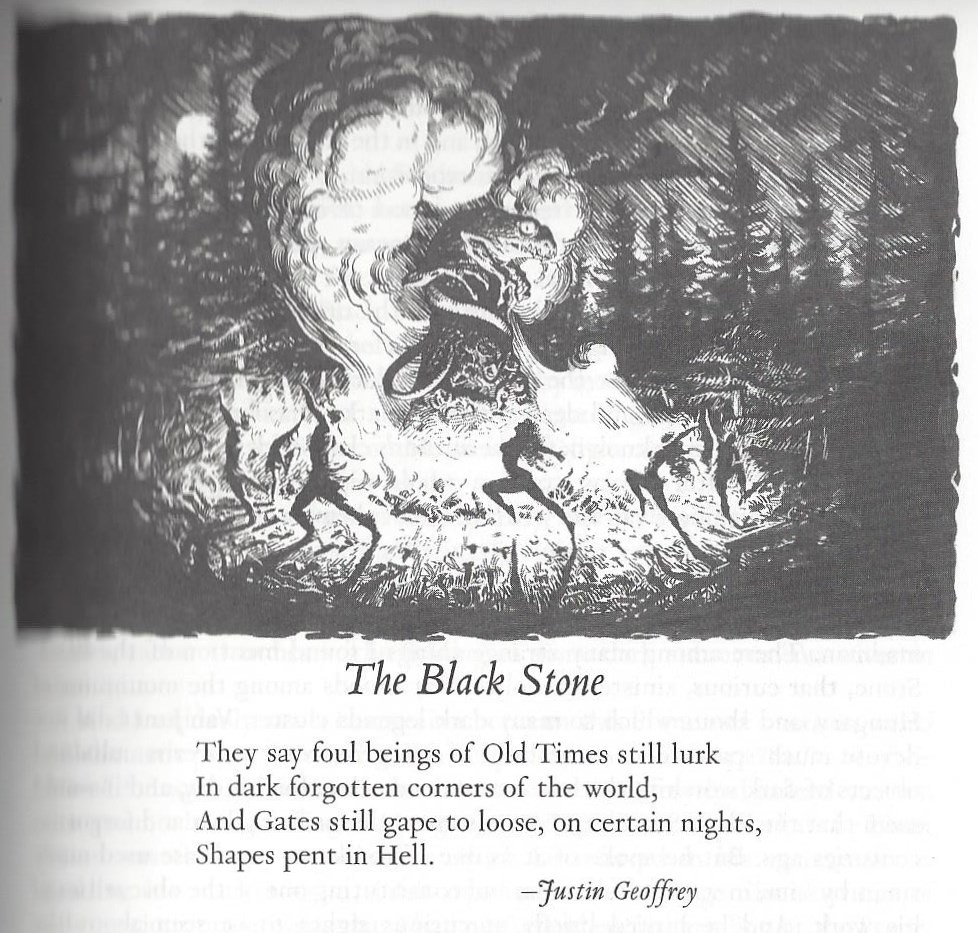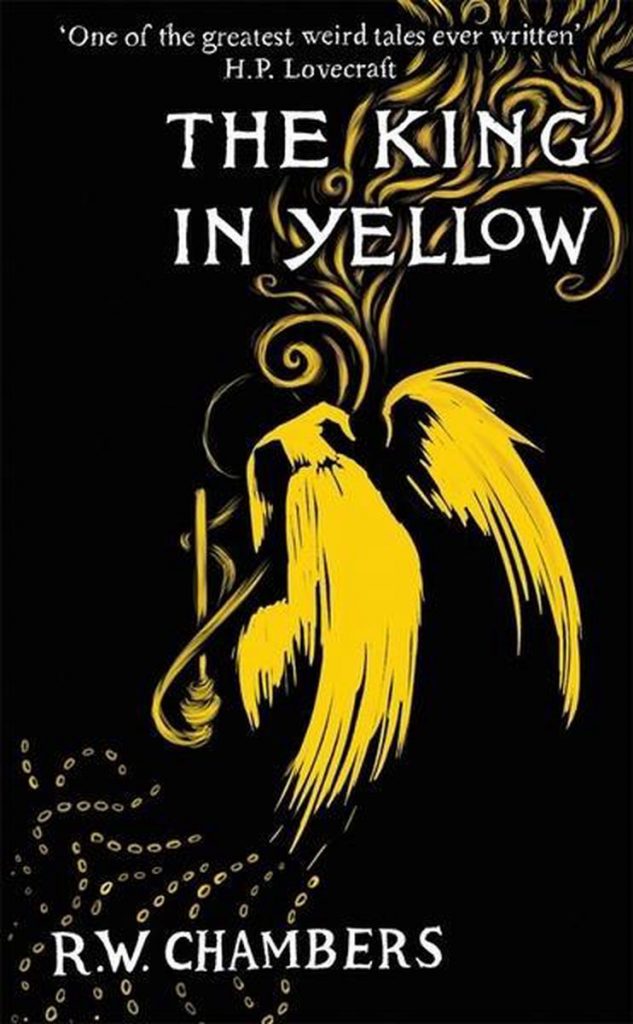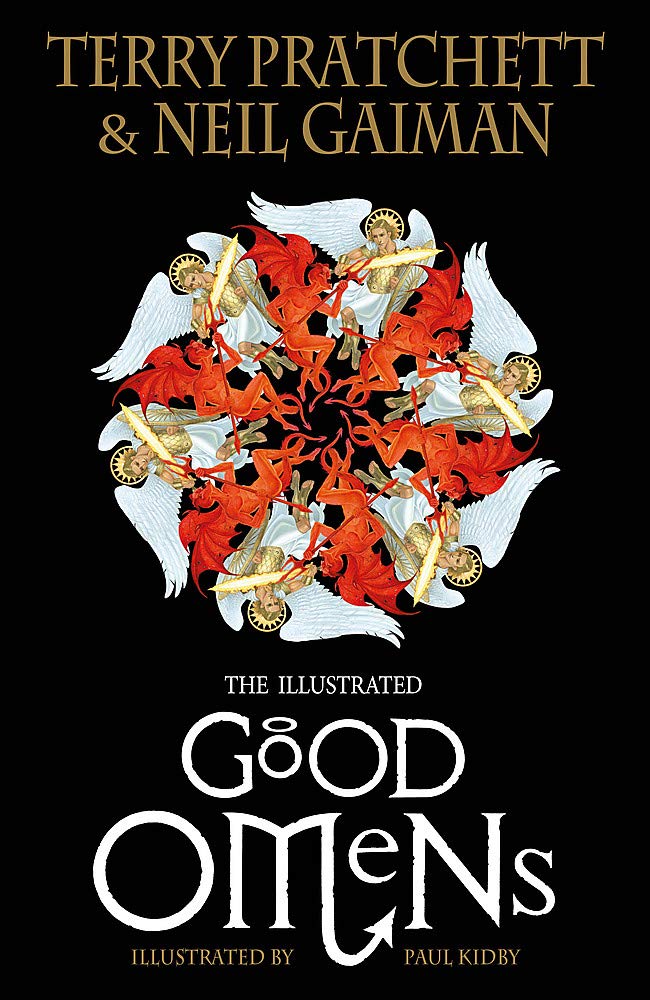In Dream Whisperer, the Countess von Corvey is a pupil of the anthropologist Professor Friedrich Wilhelm von Junzt. Von Junzt is credited with writing a book about pre-human cults named Unaussprechlichen Kulten. The book is also known as Nameless Cults or the Black Book. In Dream Whisperer, Fleming uses the book to identify the tentacles painted on a flagstone in Zoetevoorde’s church with images seen by the German professor in faraway locations like Borneo, Outer-Mongolia, and Bolivia. He also mentions Von Junzt mysteriously died in his Düsseldorf flat in 1840 while the room was locked from the inside.
Lovecraft fans are quite familiar both with the character of Von Junzt and his terrible book. Lovecraft mentioned the title in several short stories: The Dreams in the Witch House, The Thing on the Doorstep, The Shadow Out of Time, and The Haunter of the Dark. The book Unaussprechlichen Kulten gained an importance in the Cthulhu Mythos that is only exceeded by Abdul Alhazred’s Necronomicon. Both titles — to the fans’ chagrin — are just as fictitious as Von Junzt and Abdul Alhazred themselves.
It may come as a surprise to some that neither Von Junzt nor his book were created by Lovecraft himself. They made their first appearances in two stories by Robert E. Howard — Children of the Night and The Black Stone, both dating from 1931. Today, Robert E. Howard is best known as the creator of Conan the Barbarian and father of the ‘Sword and Sorcery’ subgenre in Fantasy. Both Lovecraft and Howard were published in the Weird Tales pulp magazine, and they were pen pals since 1930. Howard thus became a member of what is called the Lovecraft Circle together with other authors such as Clark Ashton Smith, August Derleth, and Hoffmann Price. Lovecraft didn’t mind them borrowing from his work and even encouraged these authors to add to his Cthulhu Mythos, just as he gladly lifted characters from their and other writers’ work. For instance, Hastur, the Yellow Sign, and Carcosa all featured in short stories by Robert W. Chambers collected in The King in Yellow, published in 1895. Actually, Hastur is an even older creation by the American writer and journalist Ambrose Bierce (whom I also mention in Dream Whisperer). He first mentioned him as a shepherd god in the short story Haita the Shepherd. Lovecraft turned Hastur into an Outer God in The Whisperer in Darkness, and his followers, like August Derleth, re-used the character. Terry Pratchett and Neil Gaiman fans no doubt are aware that Hastur appears in their wonderful Good Omens as a Duke of Hell.




Lovecraft did, however, come up with the German title of the book although he didn’t speak the language. For a long while, he dithered in his choice whether to use unaussprechlich or unnennbar, and the author consulted several people deemed to be sufficiently knowledgeable in German. If you want to know more about it, this excellent blog article gives an interesting overview of the process. In the end, Lovecraft opted for the more ‘sinister’ unaussprechlich, but then he got the title wrong anyway by using the dative case. The grammatically correct version is either Von unaussprechlichen Kulten or Unaussprechliche Kulte.
I opted for the latter in Dream Whisperer, only to notice after publication that Kulte malevolently had turned itself into Kulten. It truly is a cursed book. I corrected the error, but if you are amongst the first forty-or-so buyers of Dream Whisperer, you have the version with the typo. Hold on to it. It may be worth a fortune in a couple of decades.